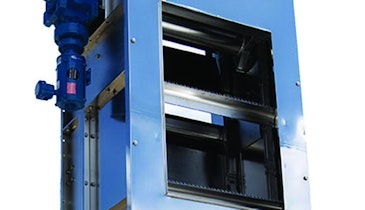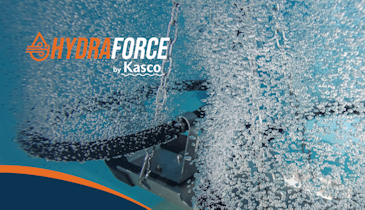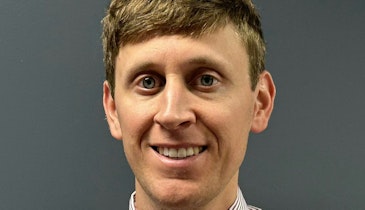
More than 100 years ago, in 1913, Cincinnati was selected as the site of the first federally funded water research facility. Add to that history the city’s proximity to the Ohio and Great Miami rivers, and you have a region well positioned to be what some are calling “the Silicon Valley of the water industry.”
That focus continues today with the advent of Pipeline, a program based at The Hamilton Mill business incubator. Pipeline will identify and work with startups relating to clean water technologies and advanced manufacturing with commercialization potential, says Pipeline Director Antony Seppi.
To that end, Pipeline, which is administered by The Hamilton Mill in partnership with Cintrifuse, Village Capital, Confluence and other stakeholders, is currently seeking water startups to apply to the program. Applicants will be judged on 20 different criteria, according to Seppi, including products, financials, team structure and scalability. The application deadline is Nov. 11.
“Once we complete that … we’ll go through a selection process,” Seppi says. Eight to 10 startups will then be selected by a group of peer reviewers to participate in Pipeline’s 15-week program.
The program, which Seppi calls “the first of its kind in the region,” will run from February through May 2017. During that time, each of the companies will spend about one week per month in Greater Cincinnati and Hamilton working with experts and researchers who will offer feedback on ideas. They’ll also work with municipal utilities, giving the companies access to potential customers.
Seppi says other local water industry groups are on board. “We want the local utilities to be part of the process … and be mentors for the start-ups to provide valuable insight.”
Melinda Kruyer, executive director of Confluence, says she’s thrilled with the Pipeline project. Confluence, a water technology information center for the Ohio River Valley, works with about 250 companies and organizations.
“We are really a consortium of university and public and private sector entities … to commercialize water technology,” she says. “Water technology is really ready for a disruptive technology. It truly is going to be one of the new frontiers.”
Confluence will provide mentors and technology experts, but more importantly, they’re actively identifying water technology needs.
By having what’s called a “reverse pitch” conference, members came up with a group of technologies that applicants can address.
“Our utilities are seeing challenges that have never been seen before,” Kruyer says. Those challenges include lead pipes in older regions and harmful algal blooms such as the 2014 water crisis near Toledo, Ohio.
“When we went and talked to water utilities in the region, there were things that really stuck out from a water perspective — infrastructure, pipes, the reuse and recycling of water, metering of water, consumer innovations, data analytics,” Seppi says.
After the 15-week program, two startups from the class will each receive $25,000 toward their projects. They’re selected through a peer review process, which is methodology unique to the program’s investor, Village Capital.
In addition, the eight to 10 start-ups in the first Pipeline program can present their projects at the Water and Energy Exchange Global summit in Cincinnati in May. “It’s a great platform for them,” Seppi says.
For more information about Pipeline or to apply, visit pipelineh20.org.
A Water Industry Hotbed
Water, water everywhere … and what better place than the Ohio River Valley?
Pipeline and Confluence are ideally, and not coincidentally, located in a water industry hotbed. Cincinnati sits atop the trillion-gallon Great Miami Buried Valley Aquifer. And the city is home to the U.S. Environmental Protection Agency’s Andrew W. Breidenbach Environmental Research Center, which is the second largest research and development facility and a leader in water research, bioremediation and pollution prevention.
The Greater Cincinnati region has more water patents per capita than any other region in the country, according to Melinda Kruyer, Confluence executive director.
In the early 1900s, Cincinnati opened a rapid sand filtration plant, only the second of its kind in the United States. Consequently, in 1913, the U.S. Public Health Service established a field investigation station in Cincinnati to oversee the first federally funded research project studying the relationship between waterborne diseases in streams and drinking water. That study influenced the U.S. Public Health Service to introduce safe drinking water standards and to establish maximum contaminant levels.





